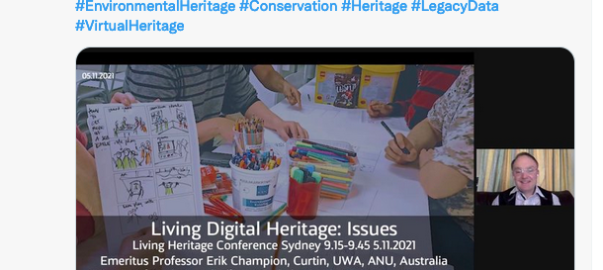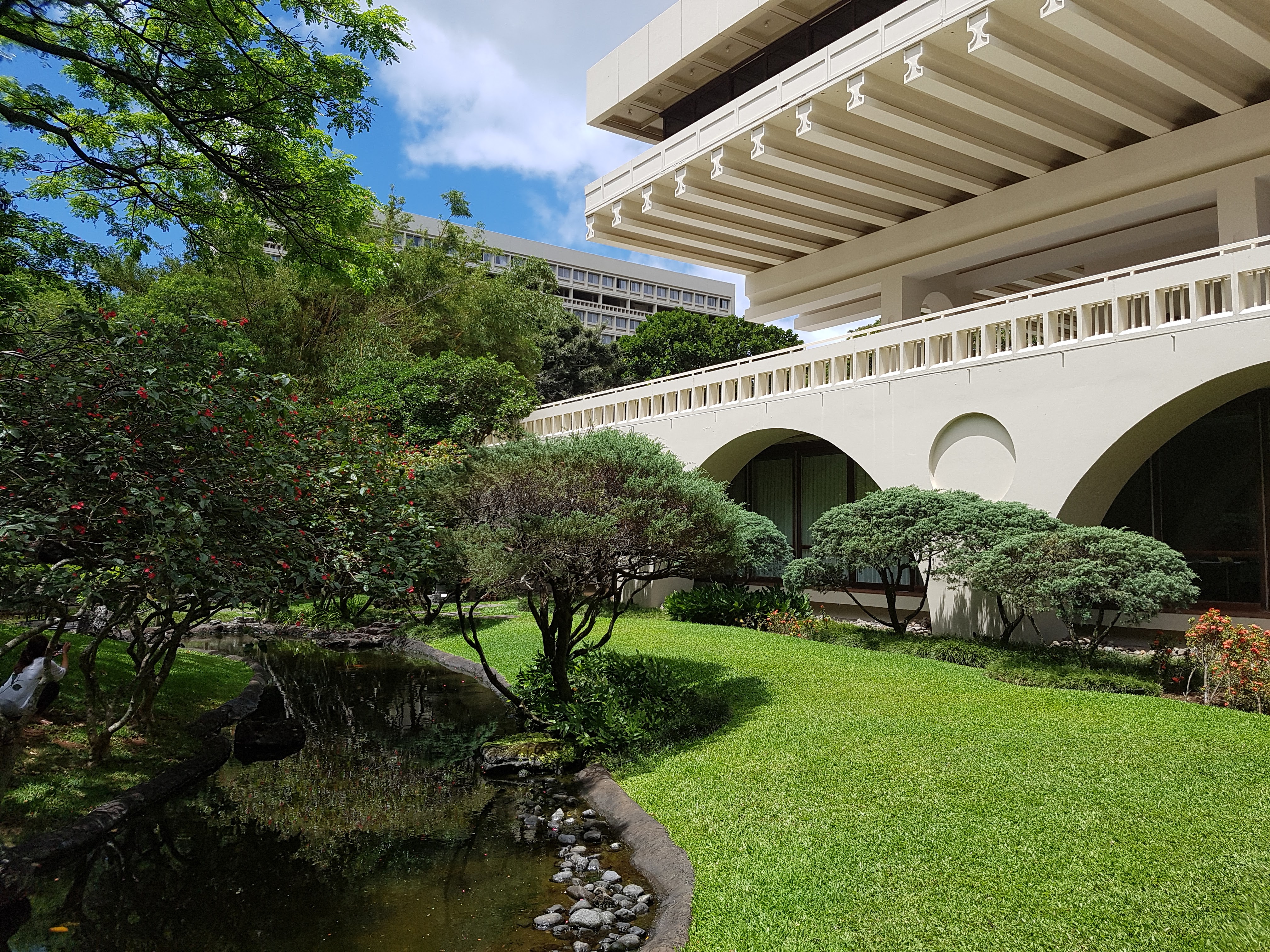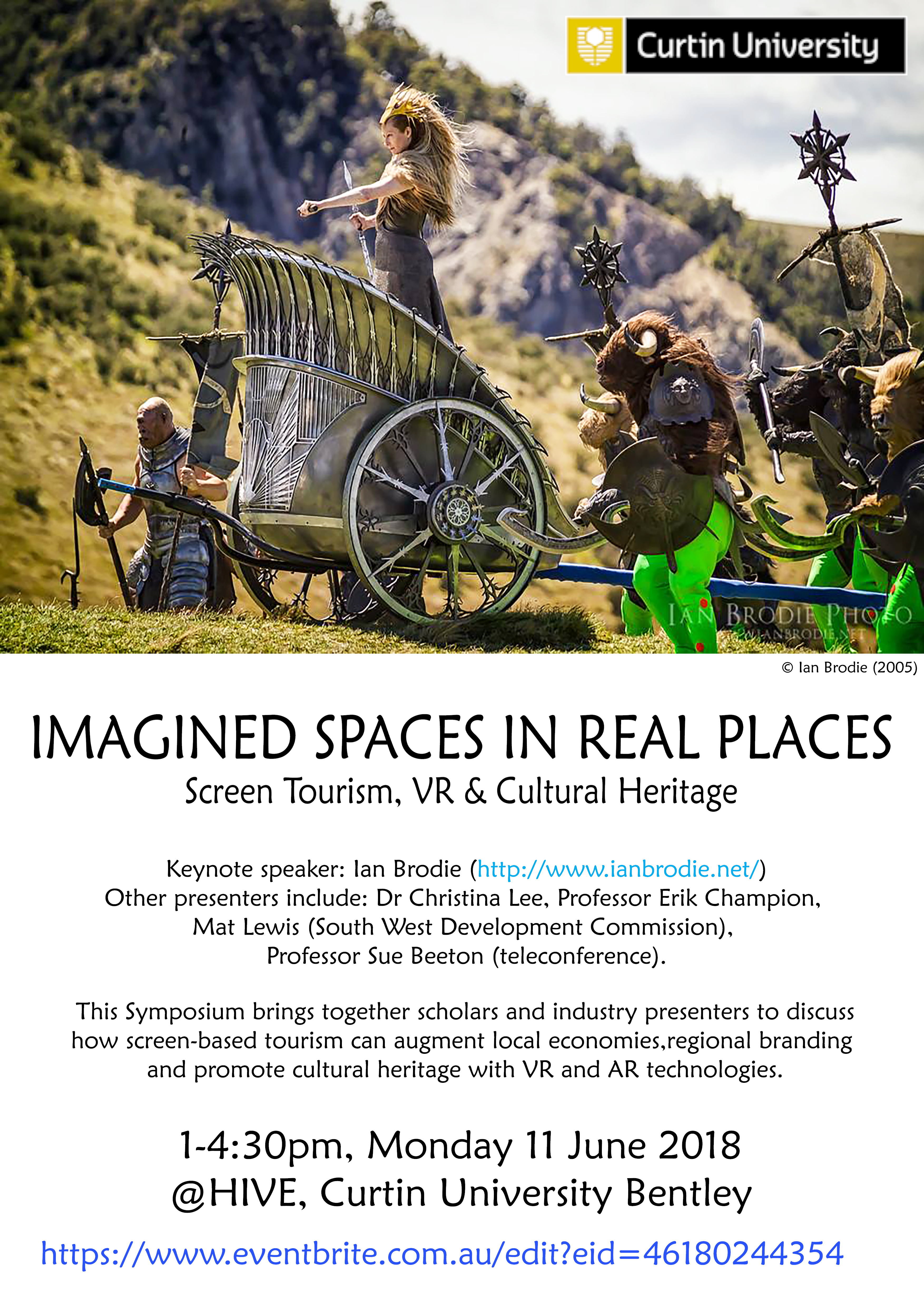I presented the below paper (and too many slides) at CTIS Symposium: The Convergence of Culture and Technology in the Age of Mobile Internet.
It was very interesting to see developing cultural media companies in China, and well done Halfback Studios for your partnerships going into this market!
Anyway, here is a taster of the paper I wrote.
Abstract:
The computer paradigm is giving way to the mobile Internet paradigm (Gartner; Lunden; Anthony). Always on, always connected, always linked, always beeping, and always being triggered. Increased mobility suggests lighter and yet more powerful devices, greater contextualization and improved personalization. So what are the implications for cultural experiences in digital worlds?
Unfortunately, in my area of research, virtual heritage (games and virtual reality applied in the services of cultural heritage), the development of technology for the transmission of cultural knowledge in a virtual world is arguably still at a primitive stage. Ideally, digital cultural innovation in this field develops in parallel with technological innovation but projects and commercial applications so far show either a lack of technical flexibility or a paucity of rich cultural interaction and thematic appropriateness. Despite this dour criticism, my paper will put forward a suggestion for how a creative and explorative fusion of new media, the mobile internet, and the entertainment industry could offer new and exciting but so far unrealized opportunities for virtual heritage both in terms of the public and in terms of the classroom.
- Convergence Culture
The book Convergence Culture, by Henry Jenkins (Jenkins) is well-written and relevant to our discussion yet some of the arguments are hard to pin down. I believe he makes these provocative claims:
- Fan Culture is equivalent to Collective Intelligence.
- Mainstream popular media is a good example of participatory media.
- There will be no one Black Box through which all media will have to flow.
- Old media does not die.
The term Convergence Culture is confusing. In Jenkins’ introduction (2) and his glossary (282) convergence is:
“A word that describes technological, industrial, cultural, and social changes in the ways media circulates within our culture…the flow of content across multiple media platforms, the cooperation between multiple media industries, the search for new structures of media financing… the migratory behavior of media audiences who would go almost anywhere in search of the kind of entertainment experiences they want.”
Yet Convergence Culture is introduced as (283): “A shift in the logic by which culture operates, emphasizing the flow of content across media channels.” And even more surprisingly, divergence is (284): “part of the same process of media change” as convergence (at least according to de Sola Pool). So does cultural convergence actually just mean the tides and shift of media changes? Part of the confusion can be traced to Jenkins continually weaving trends and sub-definitions of Convergence Culture (and convergence per se) throughout the book.
Most importantly, Jenkins avoids discussing the importance of technological change in Convergence Culture because he is more interested in Fan Culture and the media industry, but this is a fundamental point of Ithiel de Sola Pool’s Technologies of Freedom. It was de Sola Pool who Jenkins (10) labels “the prophet of media convergence” because the former spoke about the “convergence of modes”, the increasing trend for media content to travel on non-proprietary and non-technologically required channels. In other words (10): “’…the one-to-one relationship that used to exist between a medium and its use is eroding.’” It is true that de Sola Pool argued that the media should become less dependent on the medium, but de Sola Pool still thought certain types of technology (dispersed, accessible, decentralized) were required for the freedom that he seeks. Likewise, Lévy argued for technological innovation (Lévy 39-55).
Jenkins also quotes Gitelman (Gitelman 7) who defines media as “socially realised structures of communication, where structures include both technological forms and their associated protocols.” So although de Sota Pool, Lévy and Gitelman, are cited for their observations on technology, they do not seem to have persuaded Jenkins about the importance of technology, culture, or the associated cultural protocols. This is in part because Jenkins wishes to refute the technocentric evangelism of Negroponte and others. He agrees that digitalization was important, but not that it is inevitable or even stable (11). Given Jenkins’ downplaying of technology, I suggest Jenkins is really talking about Lévy’s “convergence of modes” for transmedia audiences and their relationship to each other and to the media industries. So while the book title is simple and clear, it is not accurate, it does not express clearly the intention of the book’s actual focus on transmedia audiences. And the role and nature of culture itself is never clearly defined, which is a problematic issue I will return to later in this essay.


 I attended a conference at the University of Hawaii on the Philosophy of Place at the
I attended a conference at the University of Hawaii on the Philosophy of Place at the 


















